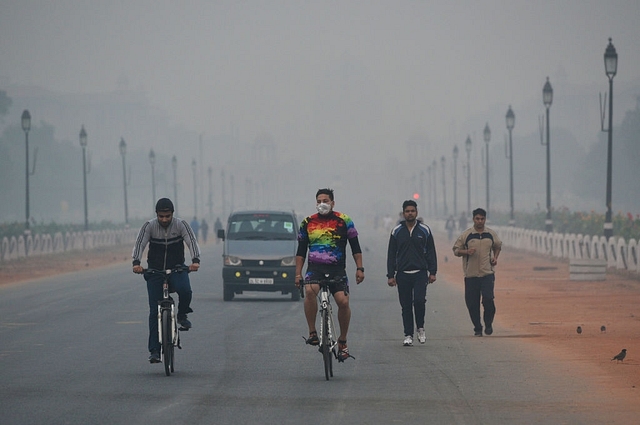
One Day Ban For Everyday Tragedy: Delhi Shows It Doesn’t Need Diwali For Air Pollution To Reach ‘Hazardous’ Levels
According to the Central Pollution Control Board (CPCB), the Air Quality Index (AQI) around Mandir Marg in New Delhi became ‘hazardous’, both literally and figuratively. While the PM10 levels were recorded at 707, the PM2.5 was at 663. Also, a thick layer of smog engulfed skies of Delhi and NCR skies on Monday (5 November), as reported by ANI.
The AQI records pollution on six comprehensive levels, starting from Good (Index between 0-50) and going all the way to Severe (401-500). These levels state the average of the six pollutants - PM10, PM2.5, NO2, SO2, CO, O3, NH3, and Pb - that are the major causes of air pollution in the city.
The ‘severe’ category “may cause respiratory impact even on healthy people, and serious health impacts on people with lung/heart disease. The health impacts may be experienced even during light physical activity.”
To put the Monday’s pollution levels in context, the hazardous limits are approximately 20 times worse than the safe limit prescribed by the WHO (World Health Organization). Also, though pollution in Delhi gets the highest media attention, it should be noted that 11 out of 14 most polluted cities in the country are in Uttar Pradesh.
Also read:
Solutions To Delhi’s Air Pollution Problems Lie Outside Of Delhi.